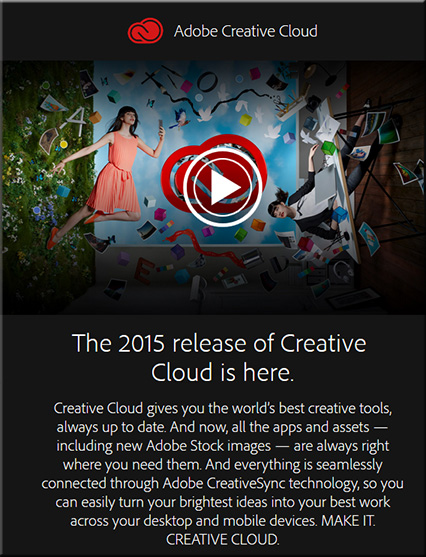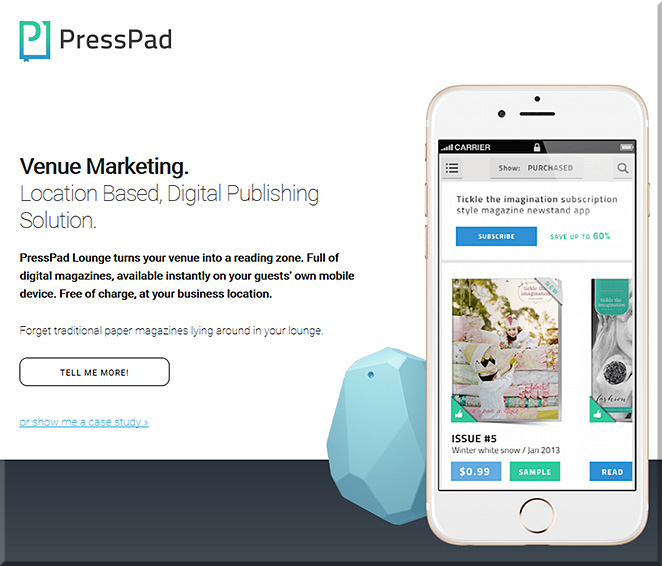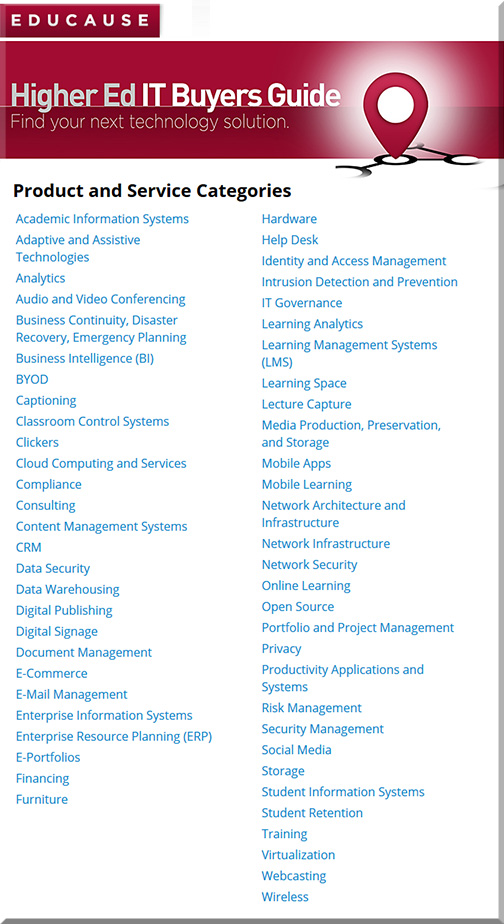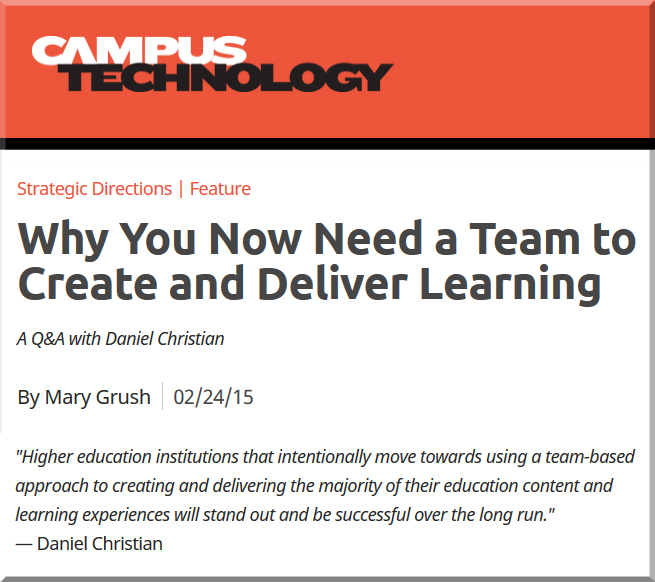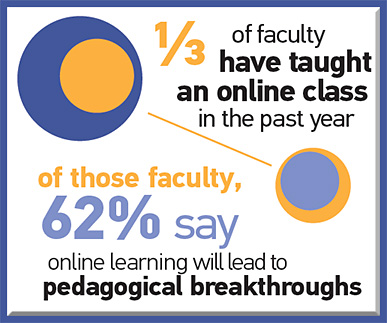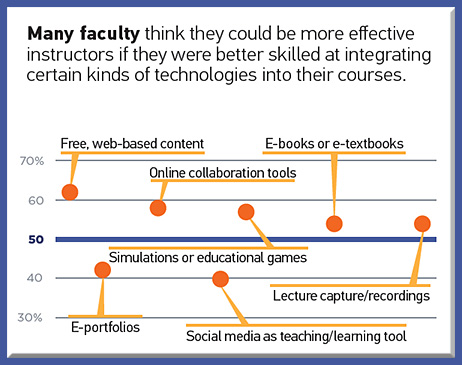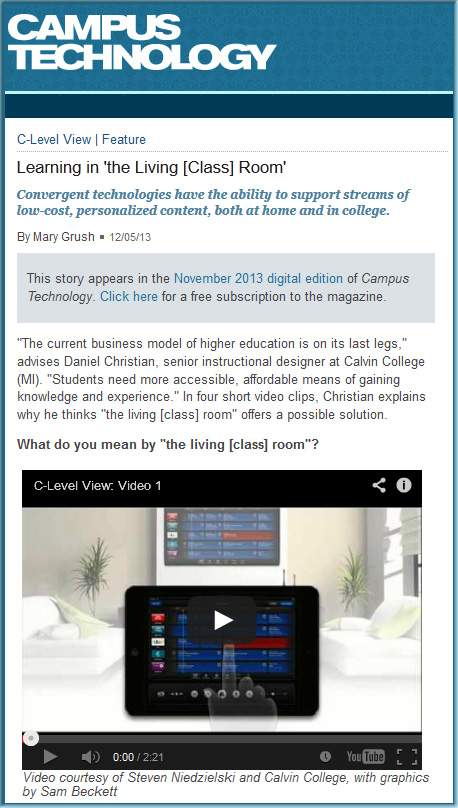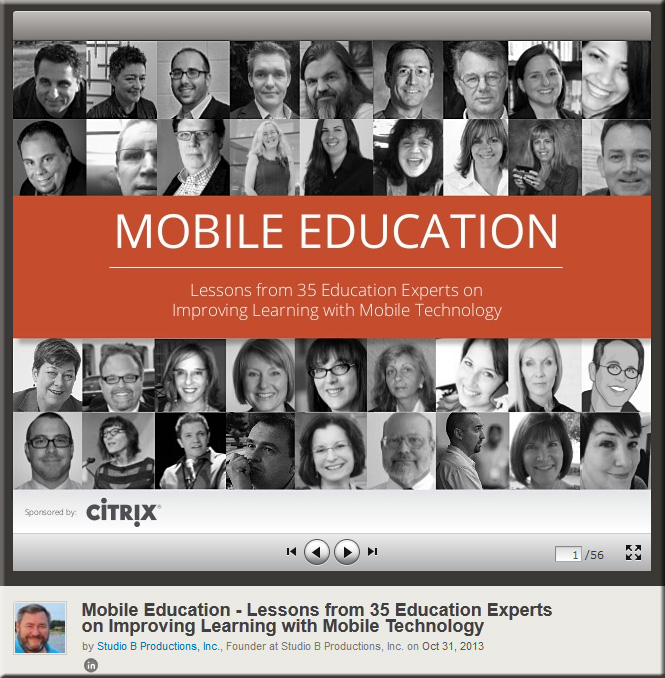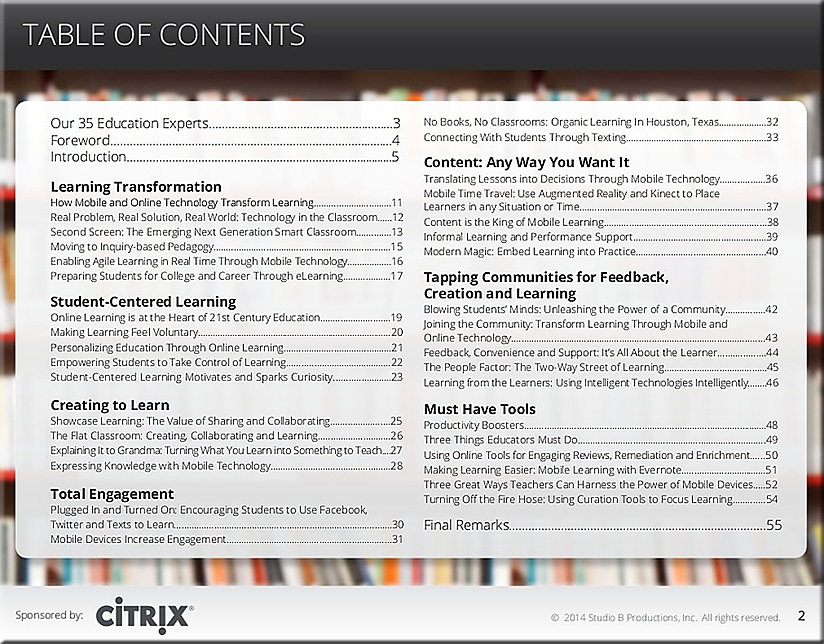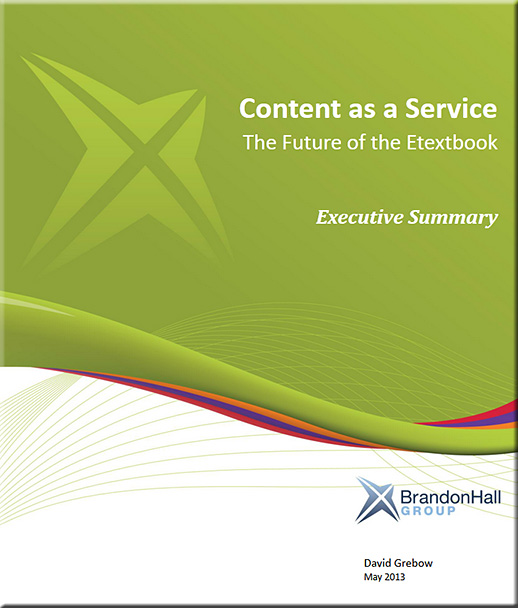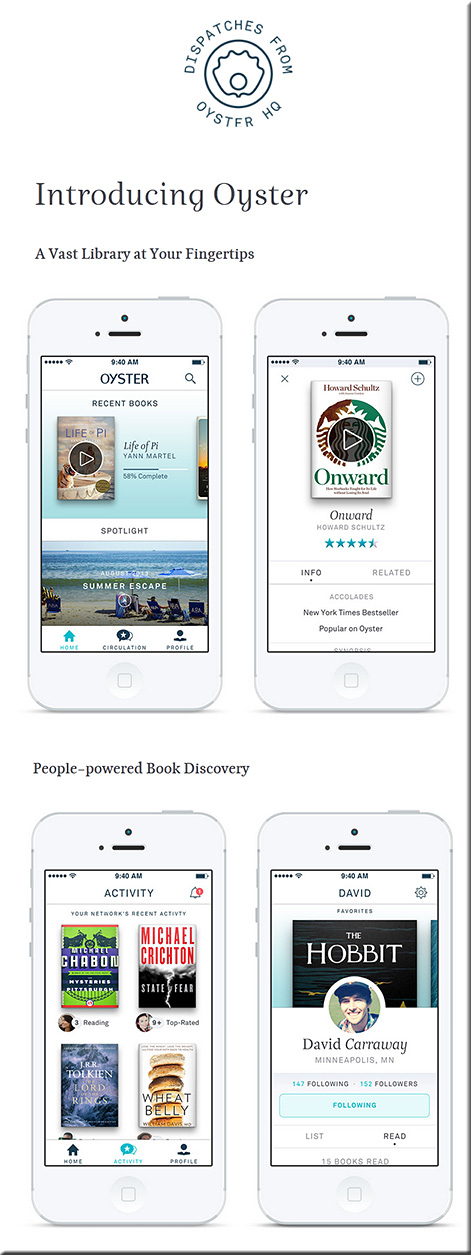From DSC:
Imagine what learning could look like w/ the same concepts found in the Skreens kickstarter campaign? Where you can use your mobile device to direct what you are seeing and interacting with on the larger screen? Hmmm… very interesting indeed! With applications not only in the home (and on the road), but also in the active classroom, the boardroom, and the training room.
See
Skreens.com
&
Learning from the Living [Class] Room
From DSC:
Some of the phrases and concepts that come to my mind:
- tvOS-based apps
- Virtual field trips while chatting or videoconferencing with fellow learners about that experience
- Virtual tutoring
- Global learning for K-12, higher ed, the corporate world
- Web-based collaborations and communications
- Ubiquitous learning
- Transmedia
- Analytics / data mining / web-based learner profiles
- Communities of practice
- Lifelong learning
- 24×7 access
- Reinvent
- Staying relevant
- More choice. More control.
- Participation.
- MOOCs — or what they will continue to morph into
- Second screens
- Mobile learning — and the ability to quickly tie into your learning networks
- Ability to contact teachers, professors, trainers, specialists, librarians, tutors and more
- Language translation
- Informal and formal learning, blended learning, active learning, self-directed learning
- The continued convergence of the telephone, the television, and the computer
- Cloud-based apps for learning
- Flipping the classroom
- Homeschooling
- Streams of content
- …and more!
Addendum:
Check out this picture from Meet the winners of #RobotLaunch2015

Packed house at WilmerHale for the Robot Launch 2015 judging – although 2/3rds of the participants were attending and pitching remotely via video and web conferencing.












![The Living [Class] Room -- by Daniel Christian -- July 2012 -- a second device used in conjunction with a Smart/Connected TV](http://danielschristian.com/learning-ecosystems/wp-content/uploads/2012/07/The-Living-Class-Room-Daniel-S-Christian-July-2012.jpg)
